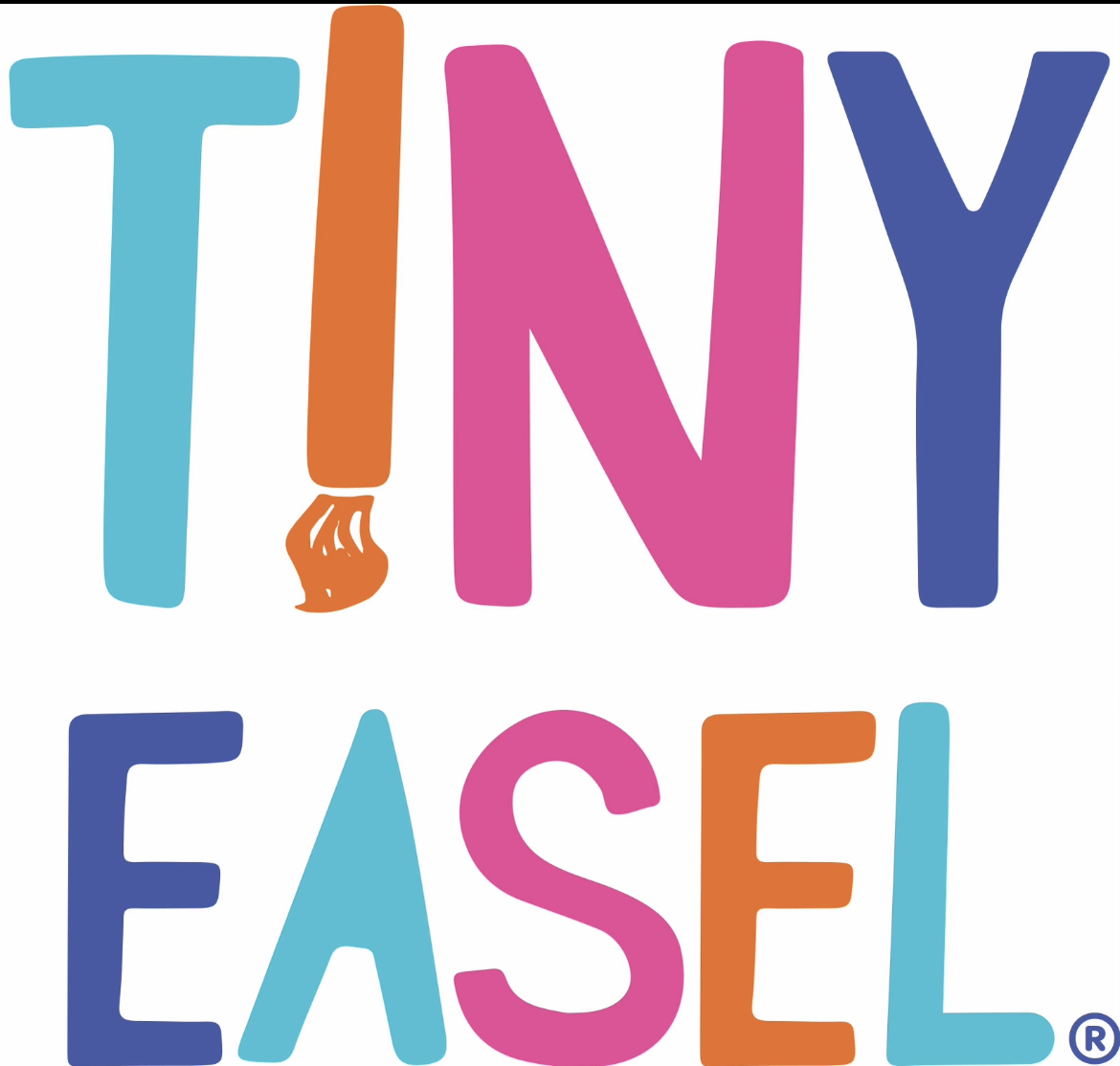Creating a sustainable garden is not only beneficial for the environment but also rewarding for the gardener. By making eco-friendly choices, you can reduce waste, conserve resources, and support local ecosystems while cultivating a thriving, beautiful garden. Whether you have a small backyard or a larger plot of land, adopting sustainable gardening practices can make a significant impact. This guide will explore practical tips for creating a sustainable garden that is good for both you and the planet.
Start with Healthy Soil
Healthy soil is the foundation of a sustainable garden. Instead of relying on synthetic fertilizers, focus on enriching your soil naturally. Compost is a fantastic way to boost soil fertility while reducing kitchen and yard waste. By composting food scraps, fallen leaves, and garden clippings, you create nutrient-rich organic matter that can be used to improve soil structure, retain moisture, and support beneficial microorganisms.
In addition to compost, consider adding other organic materials like aged manure, worm castings, or leaf mold to further enrich your soil. A soil test can help you understand the nutrient content and pH levels of your soil, allowing you to make informed decisions about what amendments are needed to achieve optimal plant health.
Choose Native Plants
One of the most impactful ways to create a sustainable garden is by choosing native plants. Native species are well adapted to the local climate, soil, and pest conditions, making them easier to grow and maintain without the need for chemical inputs. They also provide essential habitat and food sources for local wildlife, including pollinators like bees and butterflies.
Native plants are typically more drought-tolerant, which means they require less water compared to non-native species. By planting a variety of native flowers, shrubs, and trees, you can create a garden that is not only low-maintenance but also supports biodiversity and helps restore natural ecosystems.
Conserve Water Wisely
Water is a precious resource, and using it efficiently is key to sustainable gardening. One of the best ways to conserve water is by installing a drip irrigation system or soaker hoses, which deliver water directly to the roots of your plants. These methods minimize water waste by reducing evaporation and runoff compared to overhead sprinklers.
Collecting rainwater is another excellent way to reduce your garden’s reliance on municipal water. Installing a rain barrel beneath a downspout allows you to capture rainwater that can be used to water your garden during dry spells. Rainwater is naturally soft and free of chemicals, making it ideal for use in the garden.
Mulching your garden beds is another effective strategy for conserving water. A thick layer of organic mulch, such as straw, leaves, or wood chips, helps retain soil moisture, reduce evaporation, and suppress weeds. Mulch also breaks down over time, adding nutrients to the soil and improving its overall health.
Reduce Chemical Use
Avoiding synthetic pesticides, herbicides, and fertilizers is a fundamental aspect of sustainable gardening. These chemicals can harm beneficial insects, contaminate soil and water, and disrupt the balance of your garden ecosystem. Instead, focus on natural pest control methods and organic fertilizers.
Companion planting is a great way to deter pests without chemicals. For example, planting marigolds alongside vegetables can help repel aphids and other pests. Encouraging beneficial insects like ladybugs, lacewings, and predatory wasps is also an effective way to keep pest populations in check. You can attract these helpful insects by planting nectar-rich flowers such as dill, yarrow, and alyssum.
For weed control, consider hand-weeding, mulching, and using natural herbicides like vinegar or boiling water. These methods are effective for managing weeds without introducing harmful chemicals into your garden.
Create Wildlife Habitat
A sustainable garden should be a haven for local wildlife, providing food, water, and shelter for a variety of species. Planting a diverse range of native flowers, shrubs, and trees helps attract pollinators, birds, and beneficial insects. Consider adding flowering plants that bloom at different times throughout the year to provide a continuous source of nectar and pollen.
In addition to plants, providing a water source, such as a birdbath or small pond, can attract birds, amphibians, and beneficial insects to your garden. Birdhouses, bat boxes, and brush piles can also offer shelter and nesting sites for wildlife, helping to create a balanced and vibrant garden ecosystem.
Practice Crop Rotation
Crop rotation is a sustainable gardening practice that involves changing the types of crops grown in a particular area each season. This helps prevent the buildup of pests and diseases that are specific to certain plant families. Crop rotation also helps maintain soil fertility by varying the nutrient demands of different crops.
For example, you might plant nitrogen-fixing legumes like beans or peas in one season, followed by heavy feeders like tomatoes or peppers in the next. By rotating crops, you can reduce the need for chemical fertilizers and maintain a healthier garden environment.
Use Recycled and Upcycled Materials
Reducing waste is an important aspect of sustainability, and incorporating recycled or upcycled materials into your garden is a great way to do this. Instead of buying new pots and planters, consider using old containers, buckets, or even wooden crates as planters. You can also create garden markers from recycled materials like broken tiles or old spoons.
Building garden structures such as raised beds, trellises, or compost bins from reclaimed wood or other salvaged materials can also reduce waste and save money. Get creative with what you have on hand—often, the most unique and charming garden elements come from repurposed items.
Minimize Lawn Areas
Lawns require a significant amount of water, fertilizer, and maintenance, making them less sustainable compared to other types of garden spaces. To create a more eco-friendly garden, consider reducing the size of your lawn or replacing it entirely with native groundcovers, wildflower meadows, or edible plants.
Replacing traditional turf with drought-tolerant groundcovers like clover, creeping thyme, or sedum can reduce water usage and provide habitat for pollinators. Wildflower meadows are another beautiful and low-maintenance alternative that supports local wildlife and adds vibrant color to your garden.
Compost and Reduce Waste
Composting is one of the best ways to reduce household waste while creating a valuable resource for your garden. By composting food scraps, grass clippings, and garden trimmings, you can create nutrient-rich compost that improves soil health and reduces the need for chemical fertilizers.
In addition to composting, consider other ways to reduce waste in your garden. For example, leave grass clippings on the lawn after mowing to act as a natural fertilizer, or use fallen leaves as mulch in garden beds. Reducing waste not only benefits the environment but also helps create a more self-sustaining garden system.
Embrace Diversity
Biodiversity is a key element of a sustainable garden. By planting a wide variety of plants, you can create a resilient garden that is better able to withstand pests, diseases, and changing weather conditions. A diverse garden also provides food and habitat for a wide range of pollinators and beneficial insects, helping to create a balanced ecosystem.
Consider incorporating a mix of vegetables, fruits, herbs, flowers, and native plants into your garden. Each type of plant brings its own benefits, from attracting pollinators to improving soil health. The more diverse your garden, the more sustainable and productive it will be.
Use Energy-Efficient Tools
Sustainable gardening isn’t just about the plants—it’s also about the tools you use. Whenever possible, choose hand tools over power tools to reduce energy consumption. If you do need to use power tools, look for energy-efficient options or consider using battery-powered tools that can be recharged with renewable energy sources.
Solar-powered garden lights are another great way to reduce energy use while adding ambiance to your outdoor space. By choosing energy-efficient tools and lighting, you can minimize your garden’s carbon footprint and create a more eco-friendly environment.
Plan for the Long Term
Creating a sustainable garden is a long-term endeavor. It involves making choices that benefit not only your garden today but also the environment in the future. Planting perennials, such as fruit trees, berry bushes, and native shrubs, is a great way to create a garden that provides long-lasting benefits with minimal maintenance.
Perennials require less replanting and often have deep root systems that help improve soil structure and retain water. By incorporating perennials into your garden, you can create a more stable and self-sustaining ecosystem that will thrive for years to come.
Sustainable gardening is about making mindful choices that support the health of your plants, the environment, and yourself. By adopting eco-friendly practices like composting, conserving water, reducing chemical use, and creating habitats for wildlife, you can cultivate a beautiful garden that benefits both you and the planet. Whether you’re an experienced gardener or just starting out, these tips will help you create an outdoor space that is as sustainable as it is rewarding.








